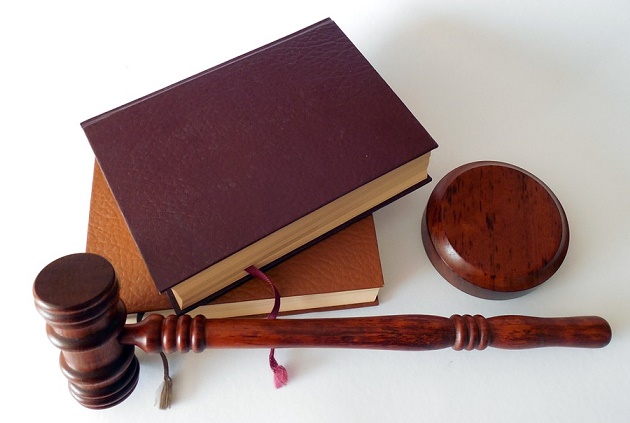
Since 1998, the UK's Lifting Operations and Lifting Equipment Regulations (often abbreviated to LOLER) have been used to enforce the safe use of lifting equipment, in order to reduce the risk of injury from using these devices to perform operations at work. It is highly important for employers to ensure that all equipment and accessories meet the safety standards imposed by these regulations, in order to ensure that they are complying with the Health and Safety at Work etc. Act 1974, and to ensure that they are not placing workers at risk.
What Types of Equipment are Covered by These Regulations?
LOLER defines these products as work equipment for lifting and lowering loads, and includes smaller accessories and attachments used to perform these operations. The scope of LOLER is very broad, with items including (but not limited to) the following:
Equipment
- Cranes
- Hoists
- Scissor Lifts
- Tail Lifts
- Passenger and Goods Lifts
- Lift Trucks
- Vehicle Lifts
Accessories
- Slings
- Hooks
- Shackles
- Eyebolts
- Ropes
What do Employers Need to do in Order to Comply With the Regulations?
- Ensure that the equipment is safe for use:
Employers must ensure that the equipment is strong, stable and suitable for the application and load, the suitability of which should also be assessed. Loads should be installed and positioned correctly to prevent injury, while equipment should also be marked with the correct instructions and essential information for safe use.
- Secure competent supervision and inspection:
The operations being carried out should be planned, supervised and carried out safely by competent individuals, who have appropriate knowledge and experience. The same is also true of inspecting and maintaining the equipment, which should also be carried out by individuals with the right level of knowledge and impartiality. Equipment should be inspected before being used for the first time, and should also be inspected six-monthly when it is used to lift people, and at least annually for all other equipment. These measures should also be recorded accurately, with a written report detailing the inspection and testing process, as well as planning any follow-up actions where they need to be taken.
What Risks Do LOLER Prevent?
- Injury due to moving parts of ejected materials.
- Cuts, punctures, abrasions and severing injuries due to rough/sharp points.
- Crushing due to parts of the machine moving together, or towards a fixed part of the machine/a static object.
- Emissions from the machines which cause burns, scalds or electrical shocks.
- Risks caused by faulty equipment and attachments due to poor maintenance or misuse.
- Injuries and incidents caused by equipment failure which causes the load to drop.
Action to Take:
- Use and supply high-quality equipment which complies with these regulations - See our range of lifting equipment and accessories, designed to provide a high level of safety for your operations.

